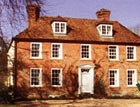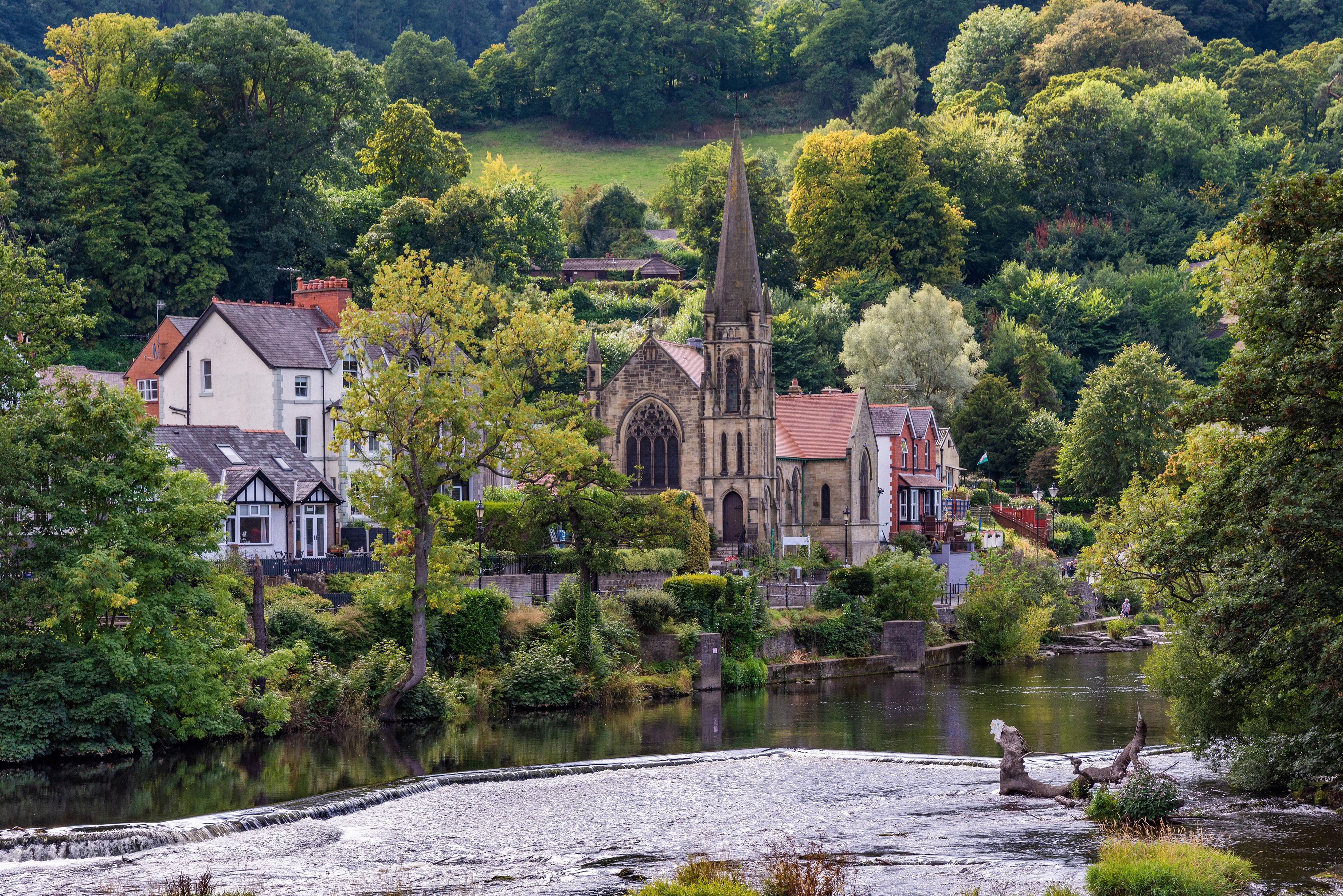Village A to Z - Quarley
Tiny, ancient Quarley nestles on the border of Wiltshire and Hampshire


Sandwiched between the parishes of Amport to the north and Grateley to the south, the rural hamlet of Quarley lies south of the busy A303, on the Wiltshire/Hampshire border. Before the Norman Conquest, the manor of Quarley was held by Earl Harold, but the Domesday Book assigns it to William the Conqueror. The manor house and the church are both mentioned in Domesday. The parish church of St Michael dates from Saxon times: having no bell tower, its three church bells hang in a shingled wooden frame outside the church. The village hall was rebuilt and opened in 1987, with funds raised by the villagers themselves. Quarley used to have a public house, but this was destroyed by fire in the late 1920s. The Marquess of Winchester, who then owned virtually the whole village, gave the villagers a choice of a new pub, or a water supply. They chose the water supply, and thereafter villagers who wanted something stronger walked across the fields to the Plough Inn at Grately. The Winchester office of Jackson-Stops & Staff (01962-844299) quote a guide price of £2.75m for Grade II-listed Long Mead House at Quarley?undoubtedly the best house in the village since the old Manor House was pulled down, and 'one of Hampshire's perfect Georgian houses'. Built as a parsonage in about 1786 at a cost of £600, it stands opposite St Michael's church, and has four reception rooms, 7/8 bedrooms, five bath/shower rooms, a self-contained flat, and 5.08 acres of splendid gardens and grounds.
Sign up for the Country Life Newsletter
Exquisite houses, the beauty of Nature, and how to get the most from your life, straight to your inbox.
Country Life is unlike any other magazine: the only glossy weekly on the newsstand and the only magazine that has been guest-edited by HRH The King not once, but twice. It is a celebration of modern rural life and all its diverse joys and pleasures — that was first published in Queen Victoria's Diamond Jubilee year. Our eclectic mixture of witty and informative content — from the most up-to-date property news and commentary and a coveted glimpse inside some of the UK's best houses and gardens, to gardening, the arts and interior design, written by experts in their field — still cannot be found in print or online, anywhere else.
-
 About time: The fastest and slowest moving housing markets revealed
About time: The fastest and slowest moving housing markets revealedNew research by Zoopla has shown where it's easy to sell and where it will take quite a while to find a buyer.
By Annabel Dixon
-
 Betty is the first dog to scale all of Scotland’s hundreds of mountains and hills
Betty is the first dog to scale all of Scotland’s hundreds of mountains and hillsFewer than 100 people have ever completed Betty's ‘full house’ of Scottish summits — and she was fuelled by more than 800 hard boiled eggs.
By Annunciata Elwes